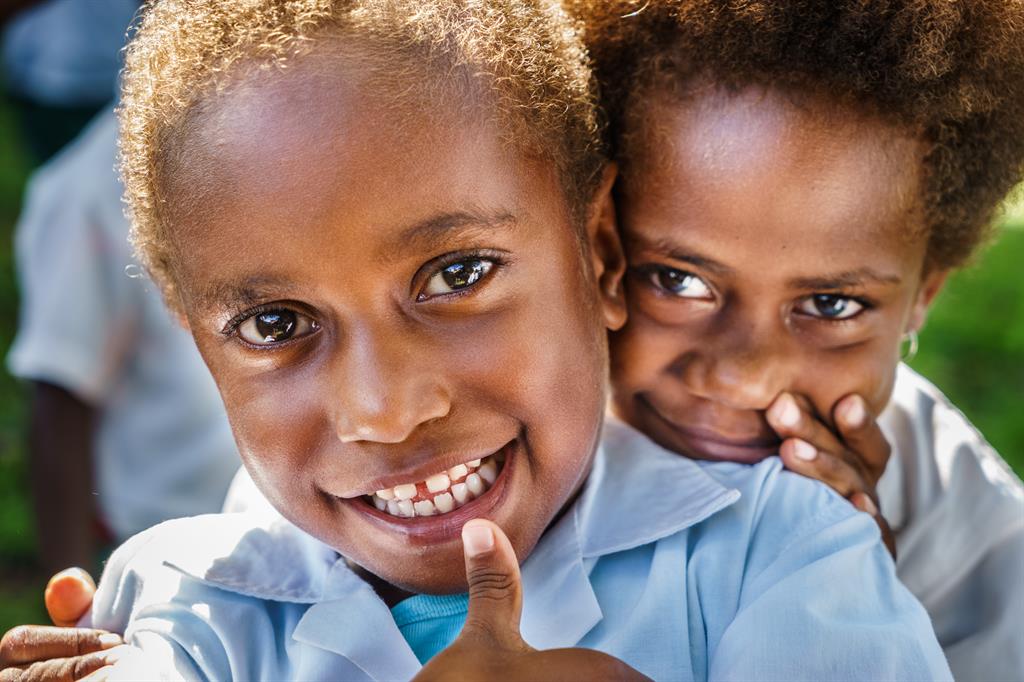Subtotal $0.00

The survival of children under 5 years of age was the principal focus of the global child health agenda over past decades. As a result, global child mortality was reduced by 60% between 1990 and 2019. Of the 5.2 million deaths that still occurred among children < 5 years of age in 2020, many were concentrated in vulnerable populations, specially in countries of sub-Saharan Africa and also South-east Asia.
Based on evidence that the foundations for lifelong health, productivity and wellbeing are laid in childhood, the health sector has an important role to ensure that children not only survive, but thrive. The Sustainable Development Goals include specific targets to promote young children’s development, which generates human capital that is every child’s right, and essential for equitable and sustainable progress.
WHO in collaboration with partners is redeveloping approaches for supporting children’s health globally. Beyond the unfinished agenda of child survival, efforts are directed at building services and systems that can support children’s optimal growth and development. Based on the principles of Universal Health Coverage, services will be strengthened so that frontline workers can identify children who are at risk of not realizing their potential, and their families and communities supported to address the barriers. The new agenda is inclusive of children aged 5 to 9 years, and the communicable and noncommunicable conditions that affect their lifelong health and wellbeing.






